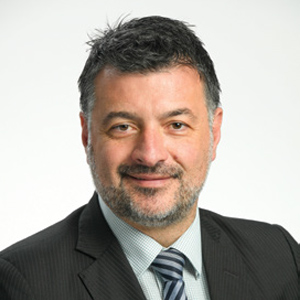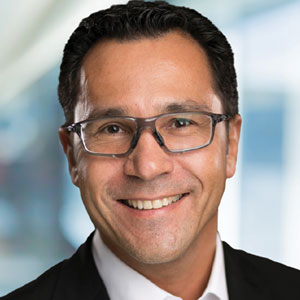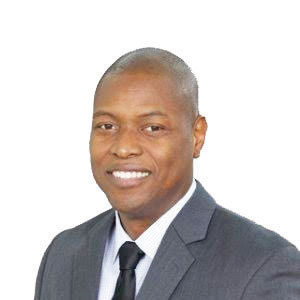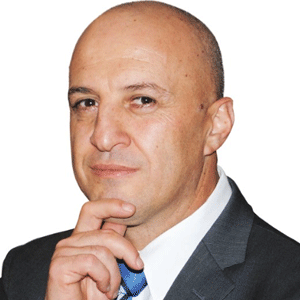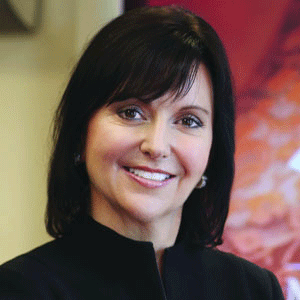THANK YOU FOR SUBSCRIBING

Implementing In-house Fleet Management Systems for RVs and Camper Vans
Jo Hilson, CTO, Tourism Holdings Limited

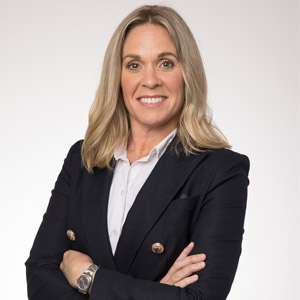
Jo Hilson, CTO
Jo Hilson is the CTO of Tourism Holdings Limited. With more than two decades of experience in technology, she has spent much of her career leading transformation across reputed organizations. Her expertise in building and delivering IT strategies and solutions aligning with business goals has made her a dexterous leader in travel and hospitality.
How would you describe your journey with Tourism Holdings Limited, and what are your key responsibilities here?
Tourism Holdings Limited is the leading provider of RVs for rent and sale specializes in camper vans and RVs and has a number of brands across New Zealand, Australia, the US and the UK. We are also involved in manufacturing vehicles and provide several tourism attractions accommodations for tourists. As the CTO, my responsibility is to understand diverse requirements of our various brands and services across the globe that will enable our vision to create unforgettable journeys. with the ' from different locations.
What are some of the challenges plaguing travel and hospitality sector?
One of the most significant challenges we face after the pandemic is the capability/talent shortage and inflated rates. This was a factor not only for our IT teams, but our front-line staff and operations teams were also impacted. After transitioning from office to remote work, there is a focus on understanding employee perspectives and retaining staff. Adherences to online modes of communication like Skype, Microsoft Teams and Google meet helped us remain connected and we needed to put a higher priority on looking after our staff's health and well-being.
Please shed light on the recent trends existing in the market today.
The pandemic paved the way for faster decision making and increased automation opportunities. and the automation of industries. Many companies that previously resorted to manual processes were forced to adopt the technologies that would fill the gaps of staff and stay more connected. At Tourism Holdings Limited, we also implemented new tools to increase output. To remain updated with the evolving technology and to deal with the backlog at work, I started identifying and reviewing more global opportunities to improve ourselves.
To succeed with the implementation of new processes, training was inevitable. It allowed employees to learn something new and remain flexible. Technology made us adept at adopting the changing dynamics in the travel and hospitality space. The technology adoption and hybrid work models provide a smart option to employees, and it helps attract more talent.
For the successful implementation of new tools, our IT teams work collaboratively with product and business owners to gain a deep-rooted understanding of their requirements
Are there any recent project initiatives that you have been working on lately?
We are now working on our in-house fleet management system. A global platform that exists in AU/NZ and soon to be launched in the US. Before rolling it out globally, we are launching it in the US. We have been working collaboratively with IT teams from other countries for its launch, and there is an enormous emphasis on trialing both the customer journey and our multiple business models. solutions' before implementing them. Since it can be challenging for IT teams to understand these business, we have implemented a number of key roles in our agile delivery teams. This allows product and business owners to communicate their needs and requisites directly to IT teams more effectively.
As the CTO, I always ensure these roles are included as part of extension to the delivery teams. The more interaction we have, the more everyone understands and the greater chance of a success. their role from a business perspective.
In light of your experience, what will be your advice to fellow peers and leaders in the industry?
I believe nothing happens overnight. Developing any new solution is a process that requires time and collaboration. It is not just up to the IT Teams, and it all depends on the quality of transparency and communication. Better the understanding, the better the result.
Weekly Brief
I agree We use cookies on this website to enhance your user experience. By clicking any link on this page you are giving your consent for us to set cookies. More info
Read Also



